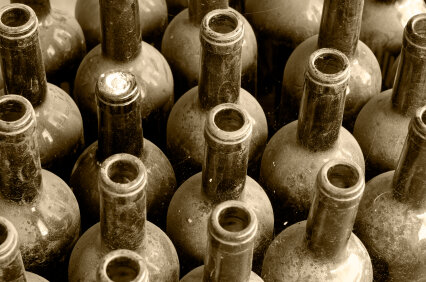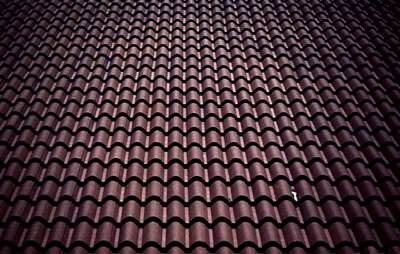Blog Entry: Pattern in Photography
Question Time:
What is pattern photography?
Why use patterns in photography?
What are the different types of patterns in photography?
READ ON
In this blog, we’ll explore all these questions, provide examples, and share ideas to help you practice using pattern in photography. We’ll also include resources and inspiration from notable photographers to help you improve your compositions.
Image by Andreas Gursky
Pattern Photography
Do you know what pattern photography means? Read this definition:
‘Pattern photography utilizes elements that are repeated. The repetition of lines, shapes, tones, or colours can create interesting images. There are photographers who use the pattern as the main subject of an image while others use it to enhance the overall composition and look of the photograph.’ -
Pattern photography captures elements that are repeated. Lines, shapes, tones, or colours can form regular or irregular patterns, creating visually compelling images. Some photographers use patterns as the main subject, while others use them to enhance the overall composition.
Recognizing patterns in your surroundings, whether man-made or natural, helps you create stronger, more structured photographs.
Patterns can include:
Regular Patterns – consistent repetition
Irregular Patterns – variation in repetition
Breaking the Pattern – intentionally disrupting repetition to add interest
Using patterns with symmetry and texture elevates the visual impact of your images. Texture links closely to pattern, with details of colour and depth playing a key role in perception.
Regular Pattern Example
Irregular Pattern Example
Breaking the Pattern Example
Considering the different types of pattern forms will help towards understanding how effective patterns are for the quality of a photograph. Another element used with a pattern is symmetry, by using both of these elements you will take eye-catching compositions. This also brings the aspect of texture, as this links to pattern photography, as texture photography is all about patterns, with its use of both colour and depth. Every single detail of texture plays a significant role in the overall perception of the photograph.
Take a quick look at these images that represent both pattern and texture.
By considering symmetry as a composition technique and texture, both of these elements are used with patterns to improve upon the quality of the photograph, so the question is to still consider!
Why use patterns in photography?
When you consider practising your photography, do you consider including patterns as a technique? This composition technique is used for macro photography and abstract. As the pattern in the photograph will form the viewer’s attention, with the use of recognizable patterns. When you studied patterns in school, either in maths or art, this consisted of shapes and lines. Patterns are an essential composition technique in photography because repetition creates visual strength and meaning. This technique is commonly used in:
Macro photography – capturing fine details and surface patterns
Abstract photography – exploring shapes, lines, and forms for artistic effect
By combining patterns with symmetry or texture, you can create eye-catching images that draw the viewer’s attention.
Pattern photography has two main forms, one to show the detail of a surface or view, and this is often used in macro photography. The other type of pattern photography is an art or abstract photograph. Take look at these abstract photographs and how they have used man-made forms to create these photographs.
Pattern Photographers
Ola Kolehmainen
Ola Kolehmainen
Angie McMonigal
Angie McMonigal
PINTEREST PAGE
Some pattern photography suggestions from Pinterest
Summary
The aim of this blog was to introduce pattern photography, by explaining the purpose and point of this composition technique within photography. I have answered the three questions at the start of the blog and have explained what pattern photography is. I hope that you now understand that patterns are formed either man-made or naturally, these are formed by repetitive colours, shapes, and lines. This is what forms a pattern and by using either symmetry or texture, the pattern is used to capture and form some amazing, eye-catching photographs.
If you have been reading my other composition technique blogs, you will be aware that I always like to encourage ways to practice these composition techniques at home during our isolation with either your camera or mobile phone.
Practicing Pattern Photography at Home
You can experiment with patterns easily at home or in your surroundings. Try these exercises:
Repetition and Shapes – lines, geometric forms, or repeated objects
Repetition and Colours – repeating tones or colour schemes
Opposite Patterns – contrast two patterns in one composition
Organic Patterns – nature-inspired textures
Abstract Patterns – artistic interpretations
Breaking Repetition – disrupt a pattern for visual impact
7 Tips for Capturing Patterns:
Find patterns in everyday surroundings (architecture, nature, household items)
Shoot from different perspectives
Fill the frame with your pattern
Break the pattern strategically
Use patterns as backgrounds
Combine multiple patterns
Create your own patterns with objects or subjects
Here is a lovely idea of using patterns and portraiture, which could be completed with your mobile phone and family, which could be rather fun, in the garden while the sun is up.
Ready to Take Your Photography Further?
Whether you’re a beginner or an advanced photographer, one-to-one photography tuition in Northamptonshire can help you master pattern in photography and other composition techniques.
Explore:
Personalised photography lessons to suit your skill level and style
Photography lessons for beginners & advanced to develop confidence and creativity
Grab your camera, experiment with patterns in your environment, and share your results!
Book your session today to start your hands-on photography journey.













